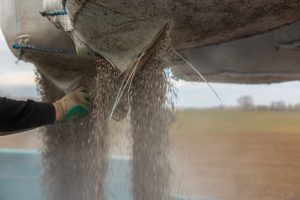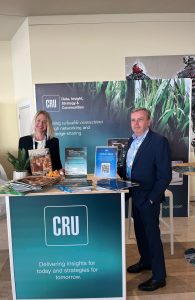
OCP certifies low cadmium phosphates
OCP Nutricrops has received a certification that its customised phosphate fertilizers, developed specifically for the European market, meet the EU’s stringent low cadmium content requirements. The certified fertilizers contain less than 20 milligrams of cadmium per kilogram of phosphorus pentoxide (P2 O5 ), far below the European Union’s regulatory ceiling of 60 mg/kg. OCP Nutricrops says that it plans to expand this low-cadmium benchmark across all its fertilizer products worldwide by the end of 2025. Reducing cadmium in agricultural fertilizers is considered a public health priority across Europe. This initiative is closely aligned with EU goals to mitigate food-related health risks and safeguard ecosystems from harmful contaminants.









